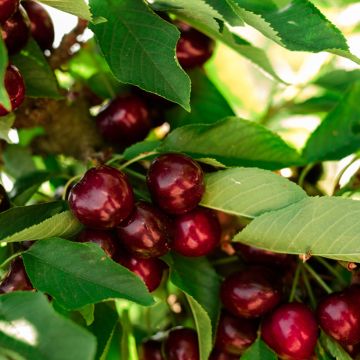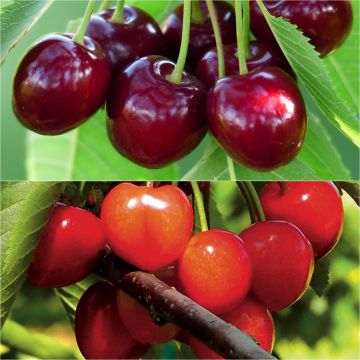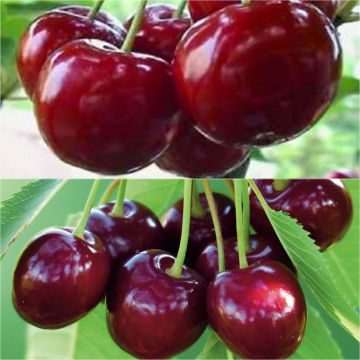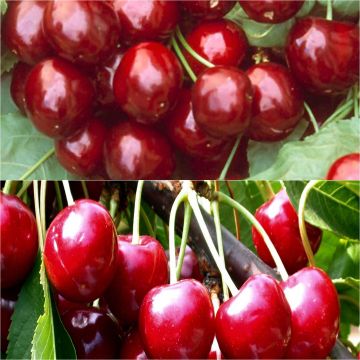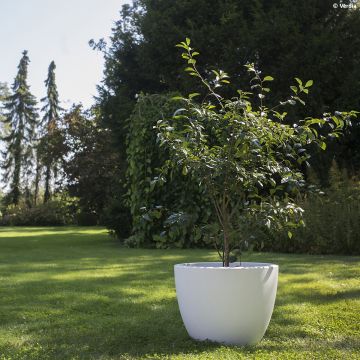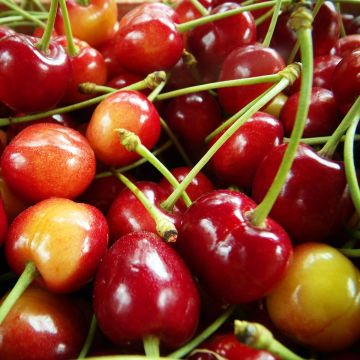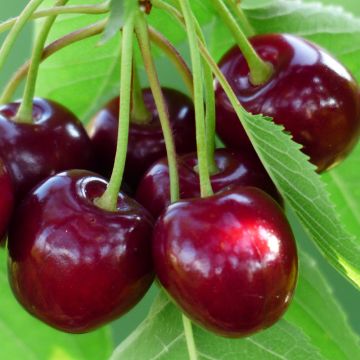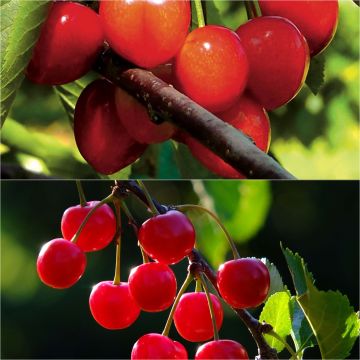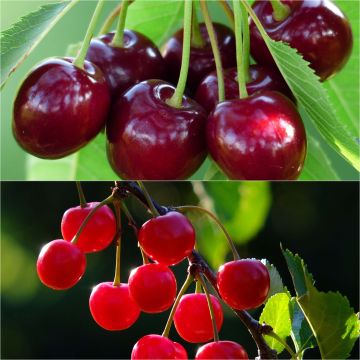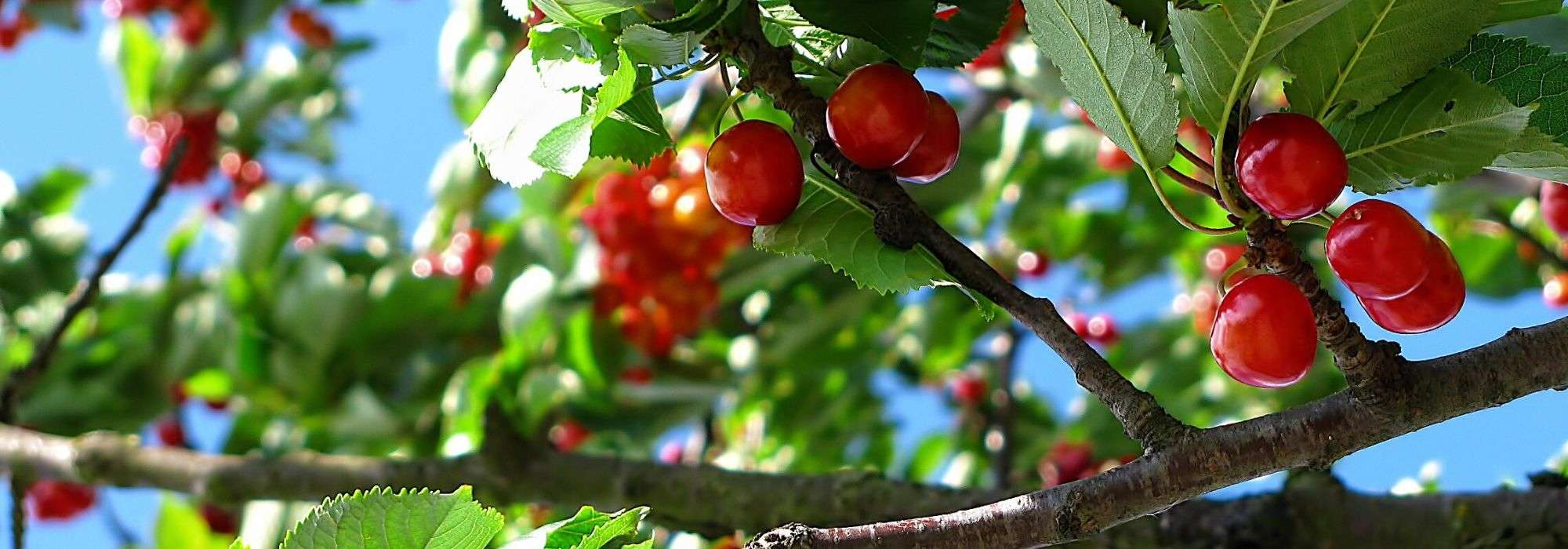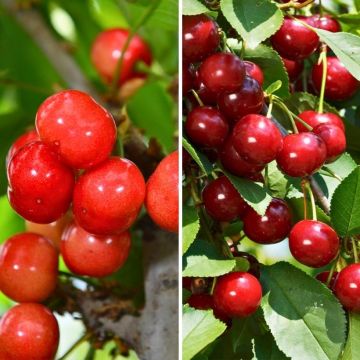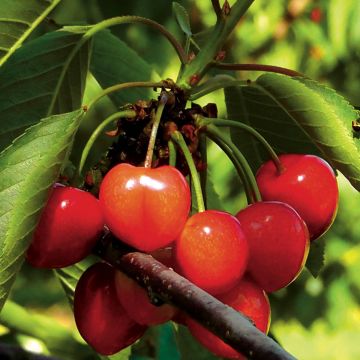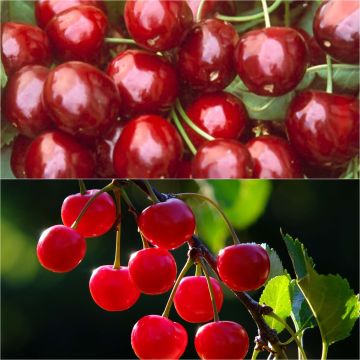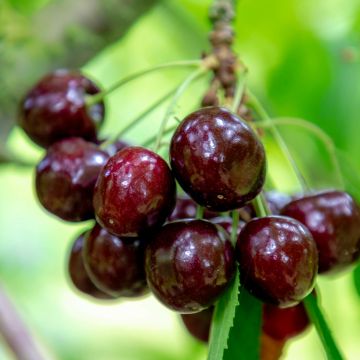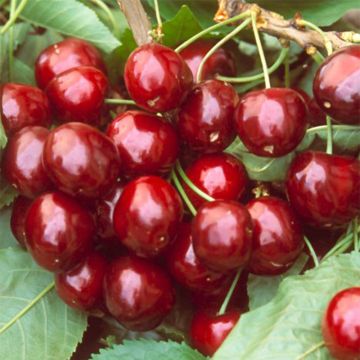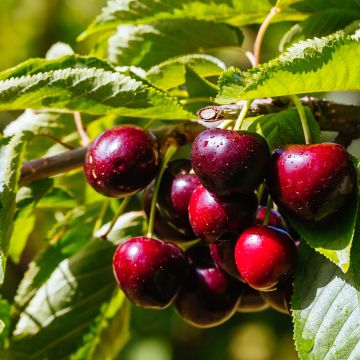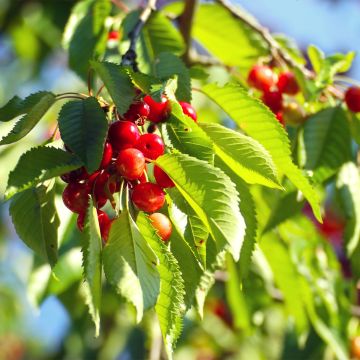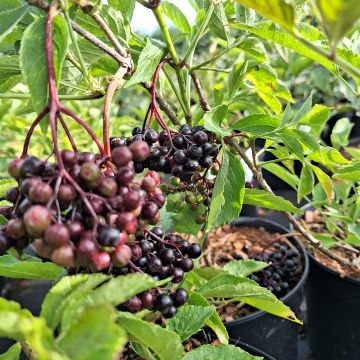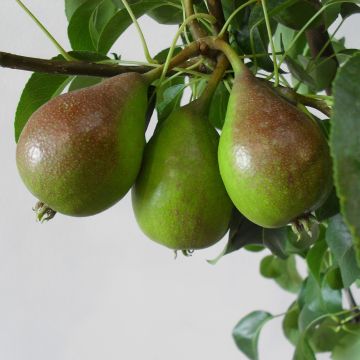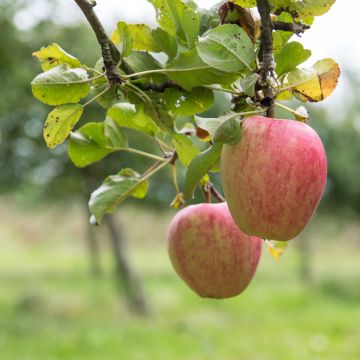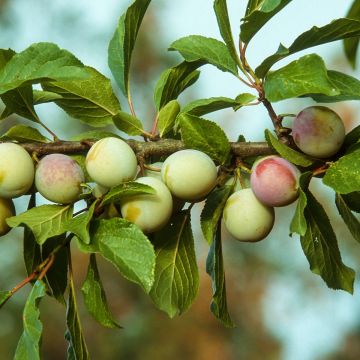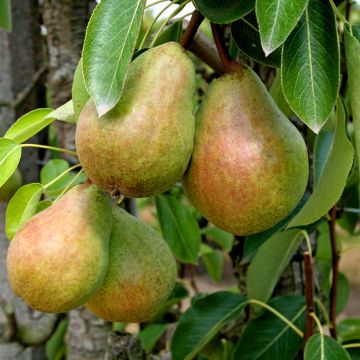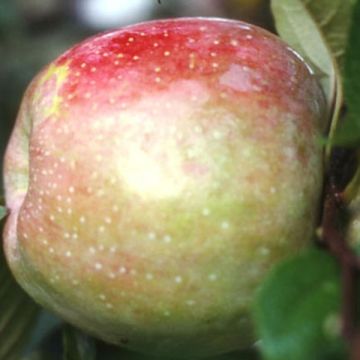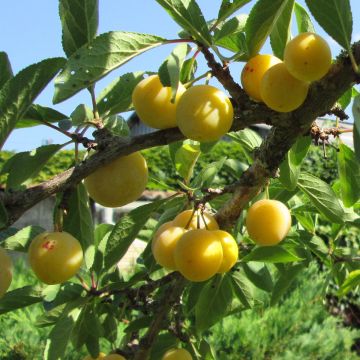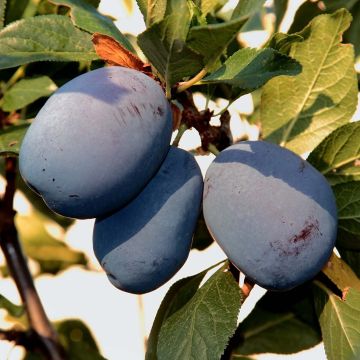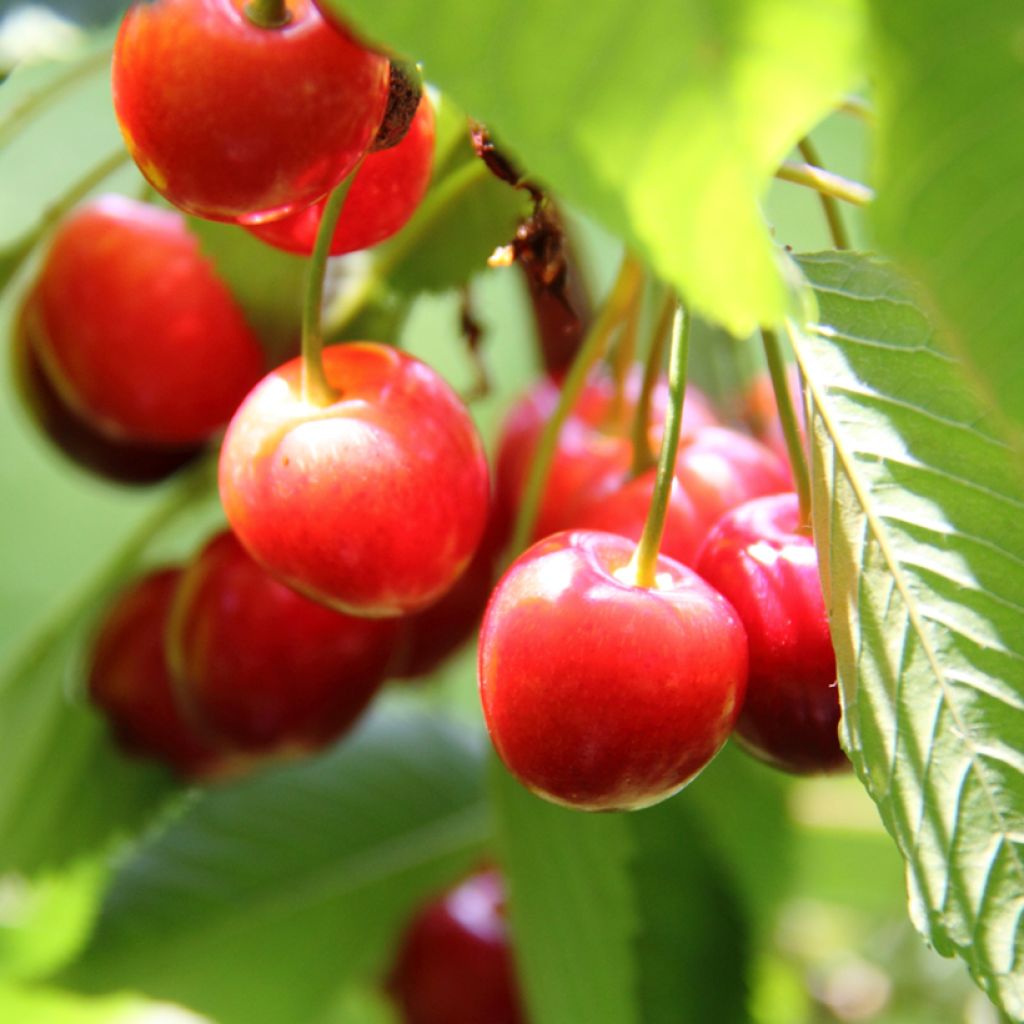

Cerisier griottier Griotte de Montmorency pleureur
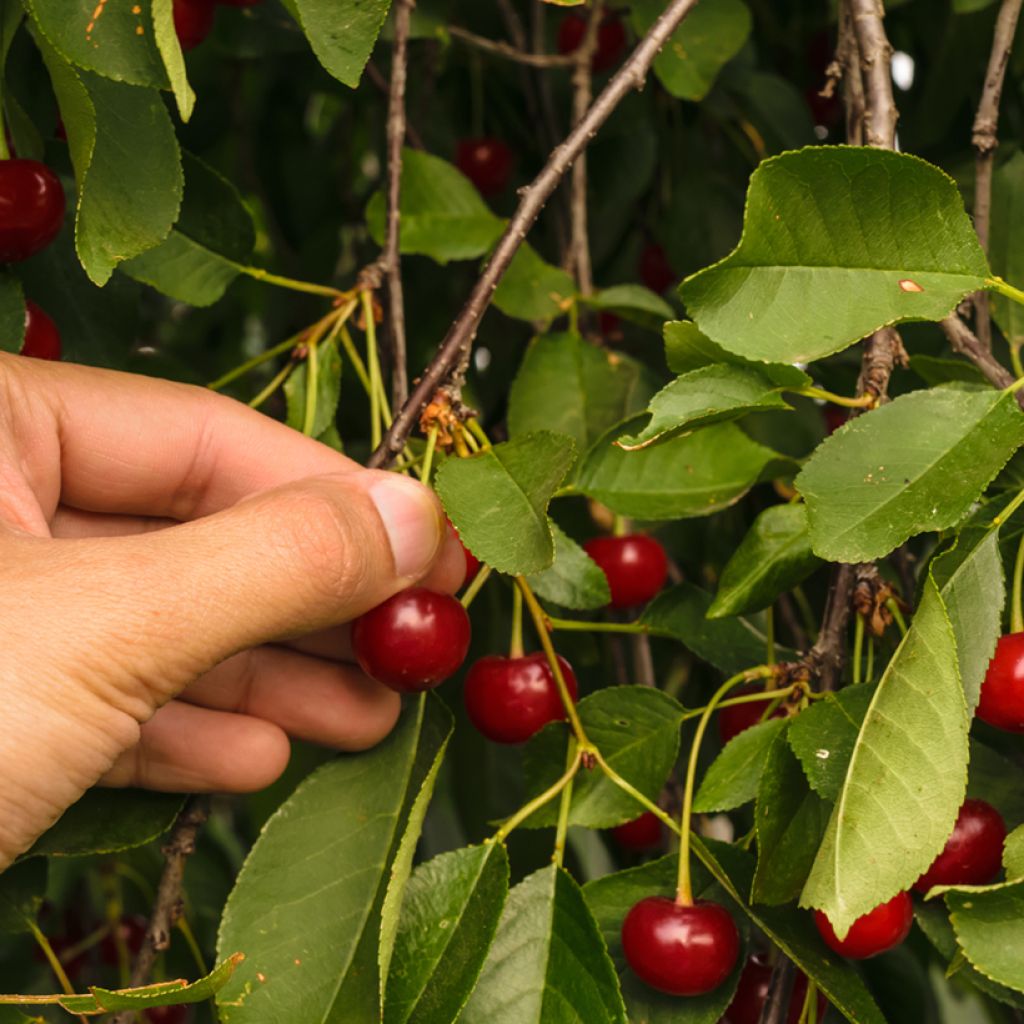

Cerisier griottier Griotte de Montmorency pleureur
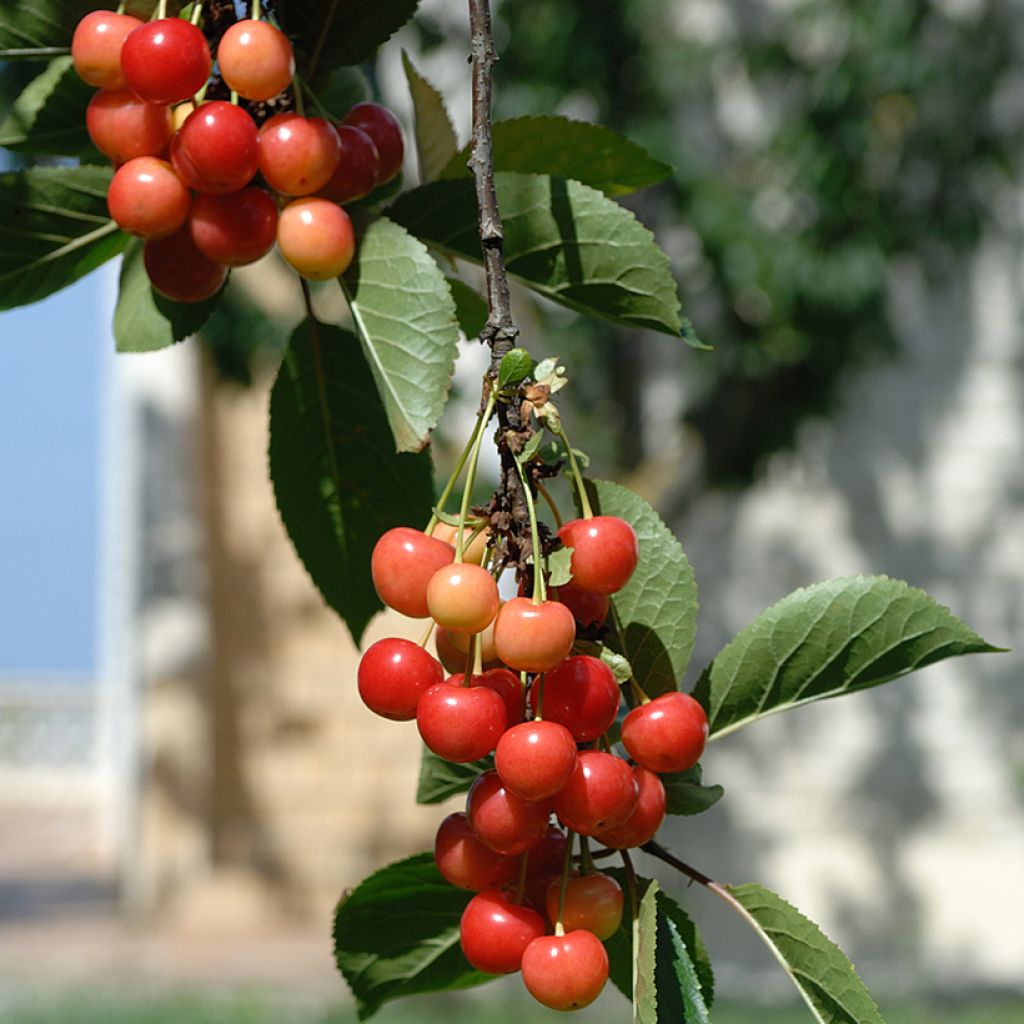

Cerisier griottier Griotte de Montmorency pleureur
Prunus cerasus Griotte de Montmorency pleureur - Tart Cherry Tree
Prunus cerasus Griotte de Montmorency pleureur
Sour Cherry, Tart Cherry, Dwarf Cherry, Morello Cherry
Special offer!
Receive a €20 voucher for any order over €90 (excluding delivery costs, credit notes, and plastic-free options)!
1- Add your favorite plants to your cart.
2- Once you have reached €90, confirm your order (you can even choose the delivery date!).
3- As soon as your order is shipped, you will receive an email containing your voucher code, valid for 3 months (90 days).
Your voucher is unique and can only be used once, for any order with a minimum value of €20, excluding delivery costs.
Can be combined with other current offers, non-divisible and non-refundable.
Why not try an alternative variety in stock?
View all →This plant carries a 6 months recovery warranty
More information
We guarantee the quality of our plants for a full growing cycle, and will replace at our expense any plant that fails to recover under normal climatic and planting conditions.
Description
Weeping Prunus cerasus 'Montmorency' Sour Cherry tree from Organic Agriculture is a variety that produces abundantly a fairly large fruit, measuring 2 to 3cm (1in) in diameter, round in shape, with thin, bright red skin that darkens slightly when ripe. Its translucent white-pink flesh is very juicy. Recognizable among all, 'Montmorency' cherries have a soft, highly fragrant, succulent pulp with a sweet and tangy flavour, making them suitable for various culinary uses. Harvesting takes place from mid-June to early July, and the fruits can be consumed or processed immediately after picking. It is a cherry tree appreciated by gardeners for its compact size and weeping habit, making it easy to harvest and suitable for small gardens. Its good cold resistance and adaptability to all types of soils, except for overly clayey ones, facilitate the cultivation of the 'Montmorency' Sour Cherry in all regions. This variety is relatively resistant to cherry fruit flies.
Prunus cerasus belongs to the Rosaceae family, like the Sweet Cherry (Prunus avium). Also known as the 'Morello' Cherry or Sour Cherry, it originates from Asia Minor and has been widely grown in Europe since ancient times. In France, cultivation began in the Middle Ages, but it was in the 18th century that it truly flourished. Its French name "Cerisier aigre" (Sour Cherry) comes from the Occitan word agriota, derived from agre which means "sour".
The 'Montmorency' Sour Cherry originates from the Montmorency Valley in the Ile-de-France region, where it has been described since the 16th century and is more commonly known as 'Gaudriole' or 'Courte Queue'. The weeping variety forms a small tree with a compact silhouette, reaching approximately 2 to 3 metres (7 to 10 feet) in height and 1 to 1.5 metres (3 to 5 feet) in width at maturity, producing numerous trailing branches along the trunk. The reddish wood is characteristic of the cherry tree family. Its habit is well suited for free forms on half or low standard. The deciduous foliage consists of large, alternate, obovate leaves measuring 6 to 8cm (2 to 3in) in length, with irregularly dentate edges, shiny green in colour, turning shades of brown-orange in autumn. Flowering occurs in the second half of April, before the appearance of leaves, which generally protects it from frost. The pure white flowers, measuring 2 to 3cm (1in) in diameter, are single and grouped in clusters. They can be damaged by frost starting from -2 to -3°C. It is a remarkably decorative flowering tree in spring, and particularly honey and nectar-rich. This hardy tree can withstand temperatures as low as -20°C and is suitable for cultivation in all regions, including high altitudes. This variety is self-fertile, so it does not require a companion for pollination, but having another variety of cherry tree nearby will increase fruit production.
The weeping 'Montmorency' Sour Cherry tree yields a harvest that can be more or less abundant depending on the year and may exhibit alternating fruiting patterns, allowing the tree to replenish its reserves. The fruit production becomes optimal after 6 to 7 years. The harvest of the fruits begins around mid-June. It is important to pick the cherries when they are fully ripe, and with the stems to improve their storage, as they do not ripen further after harvest. An adult cherry tree (between 10 and 20 years old) produces an average of 20 to 50 kilograms of fruit per year. Very juicy and tangy, this sour cherry can be enjoyed raw, but its flavours are enhanced when cooked or preserved. It is excellent in the preparation of clafoutis, cakes, crumbles, or pies, and as an accompaniment to savoury dishes with white meats (turkey, chicken, veal, etc.) or in tagines. They are also perfect for making jams, compotes, juices, or preserved in syrup. Not to mention the famous cherry brandy, to be consumed in moderation.
Its content of vitamins A, B, and C, phenolic antioxidants, potassium, calcium, and magnesium, with a significant iron contribution, make the sour cherry a health asset. The fruits only keep for a few days at room temperature. However, they can be frozen after washing, drying, and pitting, or used for preserves.
Very popular for its fruits, the weeping sour cherry tree finds its rightful place in the garden, planted on a short grass meadow, at the back of a flower bed, in an orchard, or in an edible hedge. Among a wide range of cherry trees, it is easy to find the variety that best suits one's desires, for the pleasure of both young and old.
Prunus cerasus Griotte de Montmorency pleureur - Tart Cherry Tree in pictures
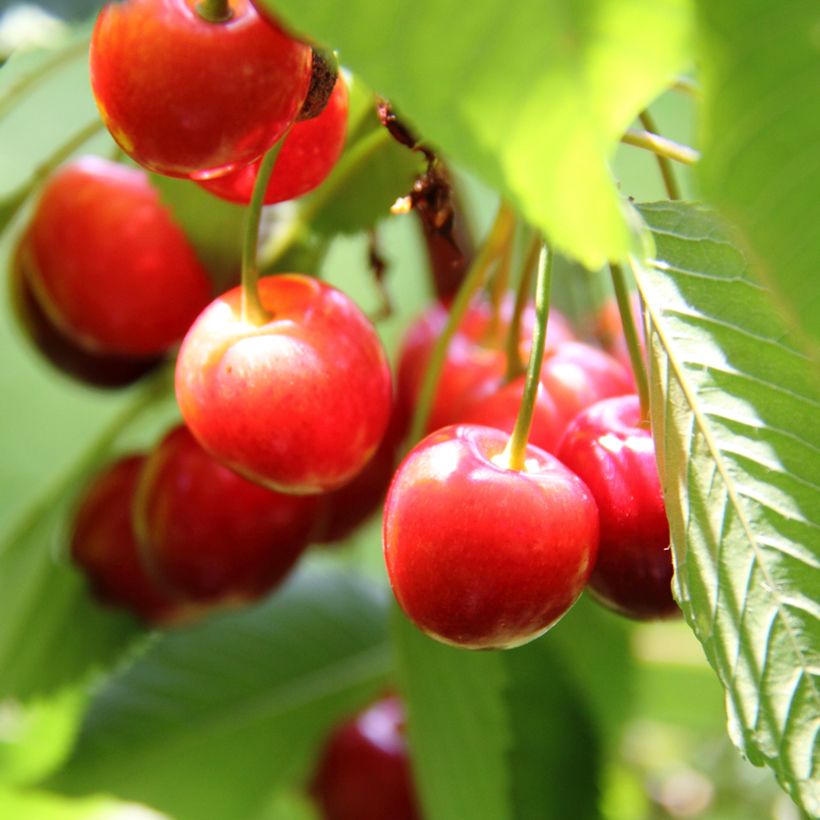

Plant habit
Fruit
Flowering
Foliage
Botanical data
Prunus
cerasus
Griotte de Montmorency pleureur
Rosaceae
Sour Cherry, Tart Cherry, Dwarf Cherry, Morello Cherry
Cultivar or hybrid
Other Cherry trees
View all →Planting and care
Easy to grow, the weeping 'Montmorency' Sour Cherry tree thrives in all types of soil, whether acidic or chalky. It prefers moist, light soils and dislikes heavy or clayey soils. Choose a sunny location. To reduce the risk of late frost on the flowers, it is recommended to plant the Cherry tree in a sheltered position, facing west and protected from cold winds in regions that experience spring frosts. Planting is best done in autumn or, if not possible, in winter, outside of the freezing period. If planting multiple trees, space them 7 to 10m (23 to 33ft) apart for "standard" cherries, 5 to 7m (16 to 23ft) apart for "half-standard" cherries, and 4 to 5m (13 to 16ft) apart for bush and espalier trees.
Loosen the soil deeply, remove stones and unwanted weeds. Add some sand to improve drainage. Dig a hole 4 to 5 times the size of the root ball. Keep the bottom soil separate from the topsoil. Mix crushed horn or well-rotted compost or potting soil with the bottom soil and pour this mixture into the planting hole. Install a stake. Place the root ball, cover with topsoil, and firm it down. Water generously (about 10 litres). Position your support system, crossing it in the shape of an 8, so that the trunk and stake do not rub against each other.
The cherry tree can be susceptible to various diseases and pests. To combat grey rot (velvety rot on the fruits) and brown rot (wilting of flowers and rotting of fruits on the tree), remove and burn affected parts as a curative measure, and as a preventive measure, spray Bordeaux mixture or decoctions of horsetail or garlic in early spring and autumn. To combat bacterial canker (wilting of flower clusters, brown spots, bark deformation), spray Bordeaux mixture. As for pests, the cherry fruit fly or fruit worm can be controlled preventively by installing yellow cardboard discs coated with glue or pheromone traps (to trap male insects) or a Drosophila trap, which is easy to make from a plastic bottle. In case of black aphid infestation, spray a mixture of water and black soap or water and vegetable oil.
Planting period
Intended location
Care
Planting & care advice
-
, onOrder confirmed
Reply from on Promesse de fleurs
Similar products
Haven't found what you were looking for?
Hardiness is the lowest winter temperature a plant can endure without suffering serious damage or even dying. However, hardiness is affected by location (a sheltered area, such as a patio), protection (winter cover) and soil type (hardiness is improved by well-drained soil).

Photo Sharing Terms & Conditions
In order to encourage gardeners to interact and share their experiences, Promesse de fleurs offers various media enabling content to be uploaded onto its Site - in particular via the ‘Photo sharing’ module.
The User agrees to refrain from:
- Posting any content that is illegal, prejudicial, insulting, racist, inciteful to hatred, revisionist, contrary to public decency, that infringes on privacy or on the privacy rights of third parties, in particular the publicity rights of persons and goods, intellectual property rights, or the right to privacy.
- Submitting content on behalf of a third party;
- Impersonate the identity of a third party and/or publish any personal information about a third party;
In general, the User undertakes to refrain from any unethical behaviour.
All Content (in particular text, comments, files, images, photos, videos, creative works, etc.), which may be subject to property or intellectual property rights, image or other private rights, shall remain the property of the User, subject to the limited rights granted by the terms of the licence granted by Promesse de fleurs as stated below. Users are at liberty to publish or not to publish such Content on the Site, notably via the ‘Photo Sharing’ facility, and accept that this Content shall be made public and freely accessible, notably on the Internet.
Users further acknowledge, undertake to have ,and guarantee that they hold all necessary rights and permissions to publish such material on the Site, in particular with regard to the legislation in force pertaining to any privacy, property, intellectual property, image, or contractual rights, or rights of any other nature. By publishing such Content on the Site, Users acknowledge accepting full liability as publishers of the Content within the meaning of the law, and grant Promesse de fleurs, free of charge, an inclusive, worldwide licence for the said Content for the entire duration of its publication, including all reproduction, representation, up/downloading, displaying, performing, transmission, and storage rights.
Users also grant permission for their name to be linked to the Content and accept that this link may not always be made available.
By engaging in posting material, Users consent to their Content becoming automatically accessible on the Internet, in particular on other sites and/or blogs and/or web pages of the Promesse de fleurs site, including in particular social pages and the Promesse de fleurs catalogue.
Users may secure the removal of entrusted content free of charge by issuing a simple request via our contact form.
The flowering period indicated on our website applies to countries and regions located in USDA zone 8 (France, the United Kingdom, Ireland, the Netherlands, etc.)
It will vary according to where you live:
- In zones 9 to 10 (Italy, Spain, Greece, etc.), flowering will occur about 2 to 4 weeks earlier.
- In zones 6 to 7 (Germany, Poland, Slovenia, and lower mountainous regions), flowering will be delayed by 2 to 3 weeks.
- In zone 5 (Central Europe, Scandinavia), blooming will be delayed by 3 to 5 weeks.
In temperate climates, pruning of spring-flowering shrubs (forsythia, spireas, etc.) should be done just after flowering.
Pruning of summer-flowering shrubs (Indian Lilac, Perovskia, etc.) can be done in winter or spring.
In cold regions as well as with frost-sensitive plants, avoid pruning too early when severe frosts may still occur.
The planting period indicated on our website applies to countries and regions located in USDA zone 8 (France, United Kingdom, Ireland, Netherlands).
It will vary according to where you live:
- In Mediterranean zones (Marseille, Madrid, Milan, etc.), autumn and winter are the best planting periods.
- In continental zones (Strasbourg, Munich, Vienna, etc.), delay planting by 2 to 3 weeks in spring and bring it forward by 2 to 4 weeks in autumn.
- In mountainous regions (the Alps, Pyrenees, Carpathians, etc.), it is best to plant in late spring (May-June) or late summer (August-September).
The harvesting period indicated on our website applies to countries and regions in USDA zone 8 (France, England, Ireland, the Netherlands).
In colder areas (Scandinavia, Poland, Austria...) fruit and vegetable harvests are likely to be delayed by 3-4 weeks.
In warmer areas (Italy, Spain, Greece, etc.), harvesting will probably take place earlier, depending on weather conditions.
The sowing periods indicated on our website apply to countries and regions within USDA Zone 8 (France, UK, Ireland, Netherlands).
In colder areas (Scandinavia, Poland, Austria...), delay any outdoor sowing by 3-4 weeks, or sow under glass.
In warmer climes (Italy, Spain, Greece, etc.), bring outdoor sowing forward by a few weeks.






























